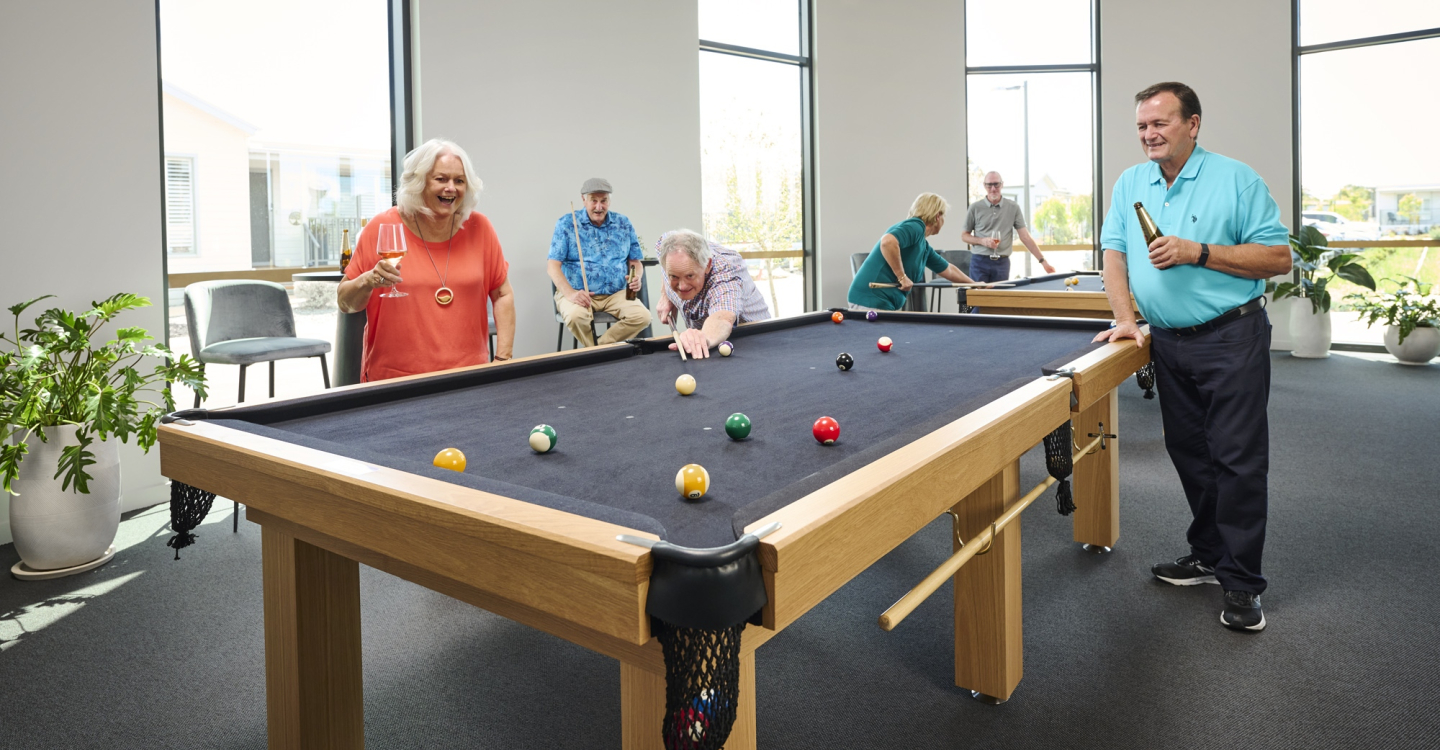- Home
- /
- All blog articles
- /
- Reverse mortgage vs downsizing – which one is better?

Reverse mortgage vs downsizing – which one is better?
The legendary tale says that there is equity hidden in your home. You can free it up and use it for your retirement savings. But how does it work?
On the hunt for answers, we are playing Sherlock Holmes and help you learn more about the difference between reverse mortgages and downsizing. Discover which option would work best for you!
What is a reverse mortgage loan for seniors?
In simple terms, a reverse mortgage is a type of home loan for people aged 65 or older on average. If you are looking to borrow money a reverse mortgage loan allows you to use the equity that is locked in your current home.
A classic case why reverse mortgages are on trend revolves around helping out your child with buying its own first home. Another reason is to cover your living expenses throughout retirement. As a homeowner within that age group, you will most likely have paid off your mortgage or hold a great credit history which can make it easier for you to get a loan in the first place.
Reverse mortgage: How does it work?
Homeowners who want to access the hidden cash that sits in their house can use the reverse mortgage scheme. This equity release product works as a security for your loan when freeing up the equity in your property. Let’s follow the clues to learn how it works:
There are different ways you can receive a reverse mortgage, for example in the form of a credit, a lump sum or as an income stream. Taking the magnifying glass to hand and comparing the reverse mortgage with a regular one, the real deal is that you don’t have to repay it immediately.
Yep, you read that right. There is no instant repayment required when taking out a reverse mortgage. Sounds like a mystery? This is the reason why reverse mortgages became so interesting especially for elderly homeowners.
In most cases, the loan – including interest and fees – will need to be paid when one of the following scenarios happens: you sell the house, move into aged care or you vanish into the shadows (... pass away). In some instances voluntary repayments might be possible though.
Reverse mortgage vs downsizing – pros and cons
First of all: everything we mention is just to be used as a general guideline. For tailored and individual financial advice we recommend to get in touch with a financial advisor.
Reverse mortgage – through the lens:
It’s clear to see, being able to use your current property to acquire a home loan sounds like being on the right track. With a reverse mortgage you don’t have to move and can stay in your own four walls. That means no moving costs and no getting used to a new house and its surroundings. Everything stays the same as you know it but with more money on hand. There is also no immediate stress that comes with having to pay back the loan with regular payments. An option for people who are looking to generate equity without changing their current life circumstances.
However, the payback will come your way. The whole amount, including any interest rates and fees, needs to be covered at some point and it can be hard to have it ready when the time comes.
While your age pension might not be affected right away, it can still become a trap you don’t want to fall into. Because the newly-won equity can not just be given away without leaving a trace. For example, if you want to help your child pay off their home loan and you take out a reverse mortgage loan, there are gifting thresholds that can affect your aged pension if you cross the line. So it’s not as simple as pushing the money from one side to the other.
On another important note, in order to pay back your loan when it's time, you will need to have a repayment strategy. That could mean to liquidate some of your assets. Or most likely you will have to move depending on your situation. Selling your house allows you to repay the loan and to maximise your financial benefits, which means downsizing would be one way to overcome the reverse mortgage repayments.
Downsizing – in focus:
Just like the reverse mortgage, downsizing your home allows you to free up equity as well. And not only a small coin purse sum either: at Lifestyle Communities® we have seen homeowners free up $200,000 on average. You can use that money for example to pay for your living expenses or to finance your retirement lifestyle.
Downsizing means to move from your current family home to a new one on a smaller scale. But here is the clue: it’s not a home loan! The equity released by selling your home is instant and doesn’t need to be paid back to any lender in the future.
While moving does come with a cost and lifestyle changes, there are many benefits why downsizing can be a fantastic option for senior homeowners in the long term. A lifestyle upgrade offers you the opportunity to become part of a like-minded community. With less space to take care of, the time and effort you would normally put into your home can now be used for the fun things in life. Like catching up with friends, getting active, travelling or making use of the luxurious amenities that the community offers. Besides, you can still work and live in a downsized home which adds to your financial strategy.
If you are concerned about whether your age pension will be affected, as so often, it depends on your situation. It’s a matter of how much savings you can have in the bank and your asset test outcome. Our detective senses caught on this hint: your primary home is not part of the asset test and your home value is excluded from the asset limit. Which means you could still be eligible for a full age pension with a combined asset limit at $405,000 when both you and your spouse are homeowners. And if your asset value crosses the limit, you might still be able to receive a part age pension.
Which option is right for you?
From a financial perspective, both downsizing and a reverse mortgage have their benefits. Think about your circumstances and what you want to use the equity for. And we highly recommend having a financial plan in place that covers either option before making a decision.
If you ask us, the case is quite clear. A reverse mortgage is a rather easy and straightforward way to release equity without having to change much of your current lifestyle. But the risks and hidden traps that can await you in the end are not to be overlooked.
Downsizing is definitely a bigger change from the start but one that pays off in the long term. It’s not only a good way to ease into retirement, the lifestyle you gain can be part of your life even before you say goodbye to the working part. Probably the biggest difference to a reverse mortgage is that there is no repayment required since it’s not a loan.
Peace of mind starts the moment you decide to downsize your home. Give us a call under 1300 358 210 if you want to talk more about how you can unlock your savings for the future or send us an enquiry with your message.


